Preventing deaths in New Zealand and the UK| a comparative case study of Change Management

DISCLAIMER: while this article mentions political leaders and describes international and leadership situations, it is not intended as and in no way represents any political opinion, affiliation or ideology of Change Consulting Scotland.
Change management is an essential aspect of any successful organization. Its importance is magnified when it comes to crisis management, as evident during the COVID-19 pandemic. One of the pivotal steps in effective change management is leadership — it is leaders who must champion change, navigate uncertainties, and guide their team to overcome challenges.
This article is the third in our series The 9-Stage Change Cycle, which draws upon our 30 years of change management experience combining Kotter’s Change Principles with Lean Six Sigma methodology for business process improvement and transformation. These articles and stories are shared with the intention of inspiring while giving you practical guidance for effectively making change happen in your organisation.
The last article, Step 1 — How Netflix Beat Blockbuster, covered The Urgent Case for Change — the first crucial step to initiating change that could save your organisation.
Step 2 | Lead from the Top
In this article, we delve into the second stage of our 9-Stage Change Cycle, ‘Lead from the Top’.

One of the pivotal stages in effective change management is leadership — it is leaders who must champion change, navigate uncertainties, and guide their team to overcome challenges.
Beginning with the example of New Zealand’s exemplary response to the pandemic under the leadership of Prime Minister Jacinda Ardern, see the contrast with the United Kingdom’s approach through Prime Minister Boris Johnson, where leadership was not as effective in managing change. Before we dive in, though, please note that this case study is made on the basis that “saving lives” or “minimising deaths” was the primary focus of Covid-19 leadership efforts, as it was in the early pandemic. While impact on the economy, business and international trade were also considerations once the peak of the crises had passed, those factors are not being examined in this comparative case study.
Case Study| New Zealand

Since New Zealand and the UK have vastly differing population sizes which could dramatically distort comparisons, percentage of population will be used as the measure to compare impacts on the prevention of deaths.
To date, New Zealand has suffered Covid deaths of 0.06% of its population. In the face of the COVID-19 pandemic, New Zealand’s Prime Minister, Jacinda Ardern, exemplified ‘Lead from the Top’. Ardern’s leadership style, transparent communication, quick decision-making, and reliance on expert advice resulted in de-escalating the national state of emergency within seven weeks.
Her prime methodology was listening to and acting upon expert scientific advice. She swiftly imposed a stringent nationwide lockdown in March 2020, based on experts’ predictions that the virus could lead to the deaths of tens of thousands of New Zealanders. This early and decisive action, although met with resistance, curtailed the virus’ spread and minimized casualties.
Ardern communicated these changes with empathy and clear articulation, utilizing daily briefings and social media to explain the reasoning behind decisions and what citizens needed to do. She created a sense of unity, often repeating the phrase “We’re all in this together,” and managed to turn a crisis into an opportunity for national unity.
Case Study| The United Kingdom

Contrastingly, the UK has seen 0.34% of its population lost due to Covid, over 5.5 times the percentage of population loss than New Zealand. The UK’s handling of the pandemic provides a cautionary tale in the importance of leading from the top.
Initially, the UK government adopted a ‘herd immunity’ strategy, which quickly proved disastrous as cases skyrocketed and the NHS came under immense strain.
Prime Minister Boris Johnson’s delay in implementing a lockdown, contrary to expert advice, resulted in the virus spreading uncontrollably. When the lockdown was finally imposed, it was met with confusion due to mixed messaging and a lack of clear communication, leading to non-compliance.
Moreover, Johnson’s government faced severe criticism for its perceived lack of transparency, particularly around death tolls and testing figures. The trust between the public and the government eroded, proving detrimental to the overall change management process.
Comparative Analysis

The data above boils down to 0.06% of the population lost to Covid in New Zealand, compared with 0.34% of the United Kingdom. This illustrates the realities of the impact of strong versus weak leadership during times of crucial and necessary change at scale. As a proportion of the population, the UK suffered over five times the loss. In number of lives lost, the UK counts 70 times that of New Zealand.
New Zealand spent only 7 weeks in lockdown and took 103 days to de-escalate their countrywide Alert Level 4 to an Alert Level 1. Meanwhile, under poor (or “poorer”, or “less strong”, depending on your perspective) leadership, the UK was compelled to implement several lockdowns from March 2020 until January 2021 — that’s roughly 40 weeks of prolonged national crisis and uncertainty!
In these two examples, the stark contrast in leadership styles is evident. Ardern’s proactive, inclusive, and transparent approach, alongside her readiness to listen to experts, resulted in — what on the face of it, looks like a more effective change management approach. On the other hand, Johnson’s delayed response, inconsistent communication, and seeming disregard for expert advice hindered the UK’s ability to manage change during the pandemic.
Your Change Management
We hope you found this article helpful. If you need help making change happen in your organisation, feel free to book a free 30-minute chat with us, send us a message, or visit our Resources page for downloadable resources!

